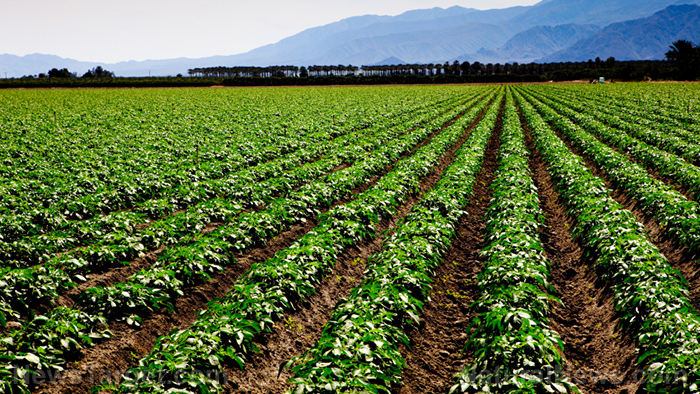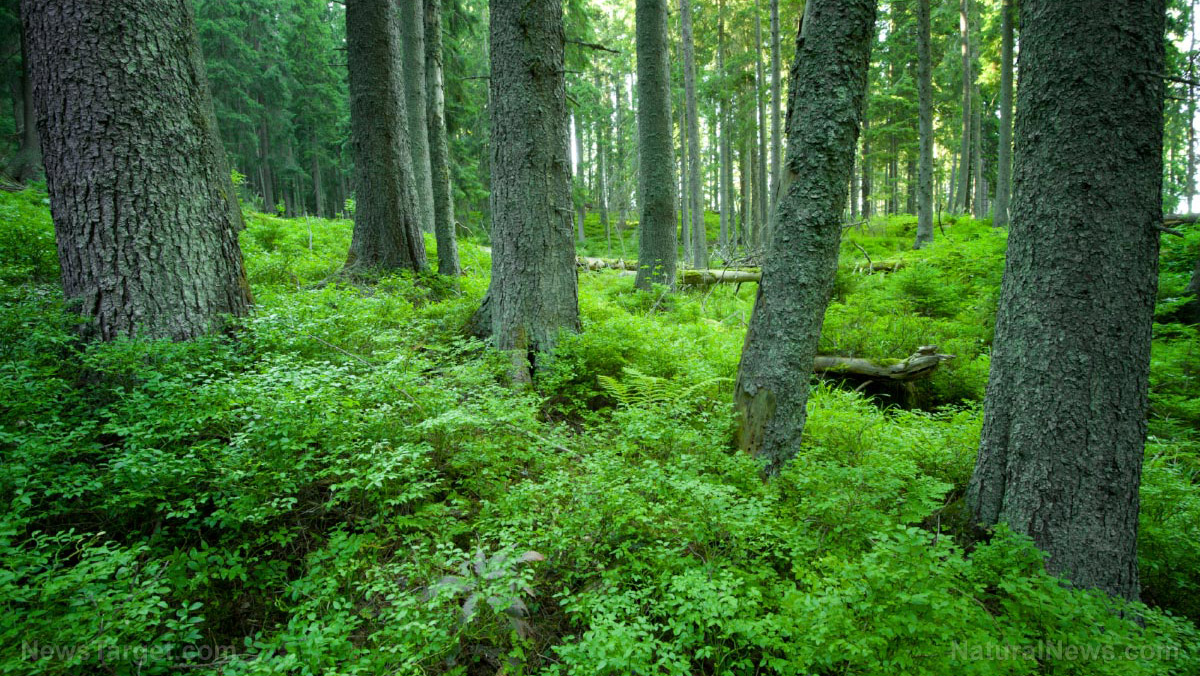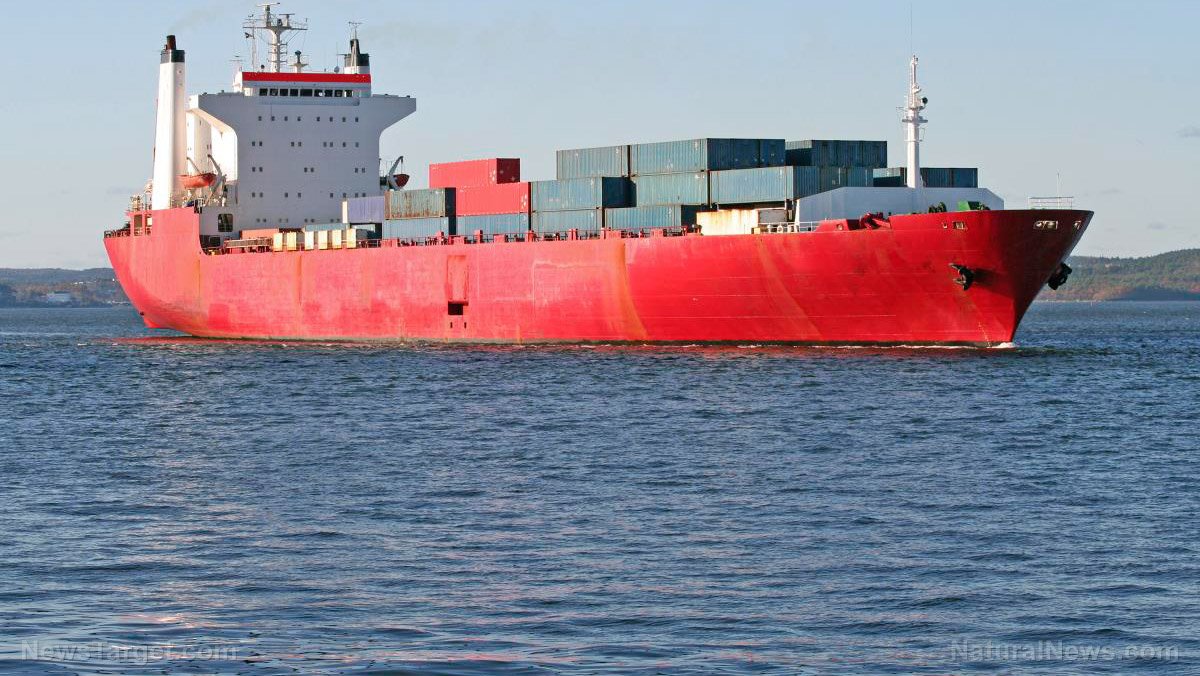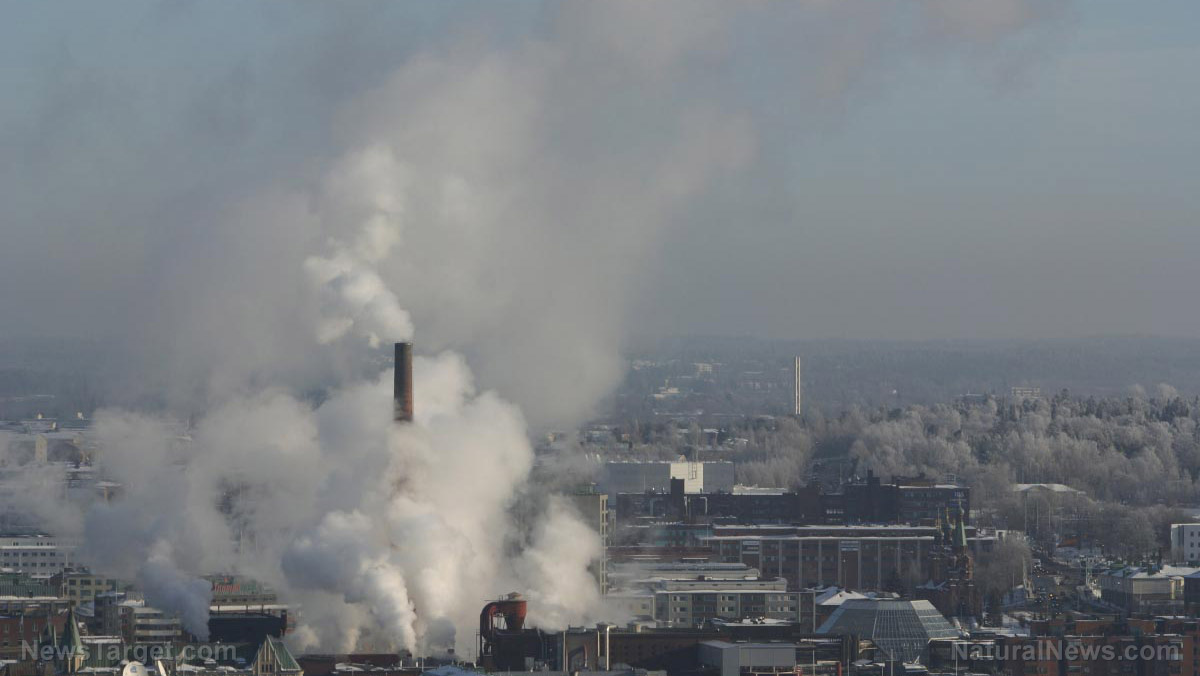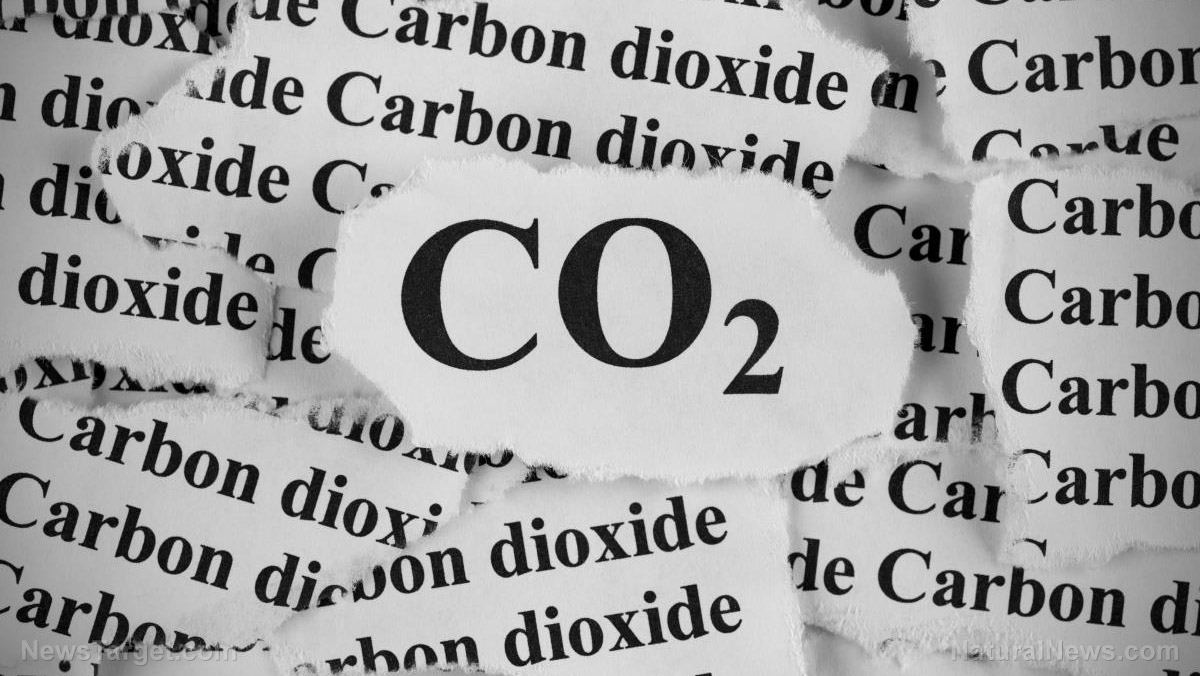Greenhouse gases are natural – mussels and oysters produce high levels every year
10/18/2018 / By Ralph Flores

A new study has discovered that mussels, clams, and oysters “produce ridiculous levels” of greenhouse gases (GHGs) in a year.
The research team from Cardiff University and Stockholm University have stated in their paper that these marine creatures made these gases, particularly methane and nitrous oxides, through bacteria in their guts. The methane that is released by clams contributes to at least 10 percent of the total methane found in the Baltic Sea – which is equivalent to 20,000 dairy cows.
This finding indicates an overlooked source of GHGs and may have a far-reaching effect on future policies, and researchers have asked to take the results of the study into consideration in decisions to promote shellfish farming. In recent years, there have been discussions on the efficiency of shellfish in countering the effects of anthropogenically induced stress on the environment, like excess nutrients brought into bodies of water by fertilizer run-off. Some experts believe that these creatures are important in managing nutrient loading in bodies of water, as they can break it down and release it as gas. In addition, farming shellfish can also address social and economic issues, since this can create new opportunities for people who may live near areas where lakes or coastlines are heavily loaded with nutrients. However, critics have pointed out that this will bring up new problems, with an increase in shellfish leading to other nutrient run-offs. (Related: NF3 in Microchips Maybe the Missing Greenhouse Gas.)
To test their theory, the team evaluated trace gas, isotopes, and molecules from worms and clams which were sampled from ocean sediments in two areas in the Baltic Sea, Tvären Bay and Uttervik, at differing depths. Both groups were then examined to determine the amount of methane and nitrous oxide they produced, as well as its effects on its surrounding environment. This was done through simulating conditions in their natural location and observing the results. Scientists looked at both indirect and direct production of methane and other GHGs for the study.
Results indicated that clams and worms increased methane production by a factor of eight, over those sediments without them. Worms indirectly released methane by a process called “bioturbation,” wherein the chemical was released with the sediments that it had disturbed while moving. Bivalves, on the other hand, produced methane thanks to bacteria that live in their gut. Low temperature also contributed to the production of nitrous oxide which is consumed by bacteria living in the sediment floor.
However, scientists wrote that “the role of coastal benthic microfauna is still amply debated,” largely because of the unknown properties of how these creatures regulate the production and transport of their gases. What was known is that these organisms make nitrous oxide in their digestive tracts; however, the effects of the nitrous oxide when it is released was unclear. Studies were not been able to determine if this chemical reached the water column to transport the gas from the sediment to the surface of the water, or whether this was broken down by nitrogen-breaking bacteria in the sediment floor.
However, they were able to determine that tubificid worms correlated with increased methane levels in urban wetlands where they were located. Interestingly, bivalves in the Baltic Sea sediment produced more methane when there is benthic microfauna compared to sediments without microfauna. Further studies would be needed to study the effect of microfauna on methane production in shellfish.
Sources include:
Tagged Under: Baltic Sea, bivalves, Clams, GHG, greenhouse gases, Methane, Mussels, Nitrous oxide, oysters, shellfish


